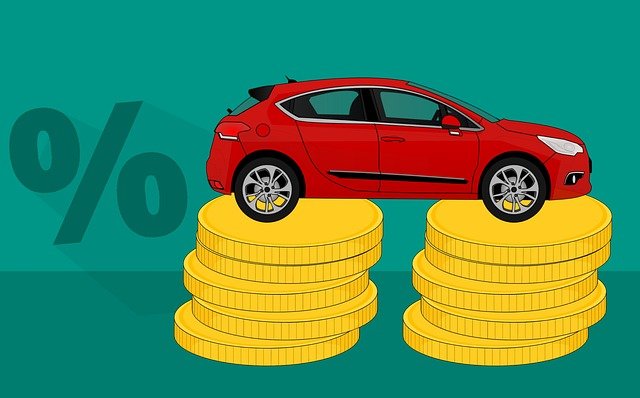
You may dream of the day when you can buy that sports car or European luxury sedan without fear of breaking the bank. Unfortunately, unless you have a trust fund or other source of ready cash, that day may not come anytime soon. The good news is there are ways to get the car you want while keeping your monthly payments affordable. Whether you’re leasing or buying your next car, one of the key factors in determining your final costs is the kind of finance arrangement you choose. That’s why it’s crucial to understand the different financing options available to you before making an informed choice about which path is right for your budget and lifestyle. There are many benefits to financing a new or used car through lease or loan rather than paying cash upfront. When you finance a car with an auto lender, they grant you a loan for a period called a “loan term” (e.g., 60 months). Leasing is another option that allows drivers to own their car at the end of their lease period by paying additional monthly lease payments known as “residual values” until its equity reaches zero once it has been paid off completely.
Check out lease and loan options before you buy
Even if you’re set on the car you want to buy, it’s always a good idea to compare lease and loan options so you can get a clear picture of your monthly payments. This will help you to see exactly how much you can afford to spend on your monthly payments – as well as the car you can realistically afford to buy. As a general rule of thumb, you should budget anywhere from 10%-20% of the total cost of the car as a down payment towards the purchase price. In some cases, you may also be required to put down a significant amount of money towards the lease initiation fee.
Don’t skimp on your down payment
Your down payment is one of the first things that a car dealer or auto financier will look at when determining your finance terms. The more you can put down upfront, the more attractive you’ll be to car dealers who don’t want to spend time or money processing loans. It should come as no surprise that financing a car with cash is the cheapest option in the long run, but it is not always the most realistic option for many drivers. In general, you should aim to put down at least 10% of the car’s purchase price to avoid being charged a high-interest rate. If you’re able to put down 20% or more, it will look positively on your credit history, and you’ll likely qualify for lower interest rates as a result.
Get a pre-approved loan before you shop
Before setting foot in a car dealership, make sure you’ve gotten a pre-approved loan so you know exactly what you can afford. This way, you’ll have an upper hand when it comes to negotiating the purchase price. You’ll also be able to walk away with a clear understanding of what your monthly payments will look like once you sign on the dotted line. It’s important to remember that dealers will try to get you to finance the purchase with their own finance company. They make a profit on the interest rates of those loans, so it’s in their best interest to get you to use their company.
Negotiate the price when financing
Negotiating the price of the car is one of the most common ways to lower your monthly payments, but it should not be overlooked. It’s also important to remember that you can also negotiate the terms of your financing. Some dealerships will be more flexible on their financing terms than others, so it never hurts to ask. If you have good credit, you may be able to negotiate a lower interest rate.
Shop around for the best interest rate
You should shop around for the best possible interest rate that fits your budget. Even if you have great credit, you might not receive the lowest possible interest rate. You can check out websites like Bankrate and Credit Karma to see what interest rates you qualify for. Keep in mind that the interest rates you receive from one company may be different from another, even for the same amount of money.
Summing up
To recap, there are 5 simple ways to save money on car finance: Check out lease and loan options before you buy, don’t skimp on your down payment, get a pre-approved loan before you shop, negotiate the price when financing, and shop around for the best interest rate. Try to get a cashback or discount off MSRP. For many people, purchasing a new or used car is the most expensive purchase they will ever make. It’s crucial to understand your options before you sign on the dotted line to make sure the terms of your finance terms are fair and affordable.


